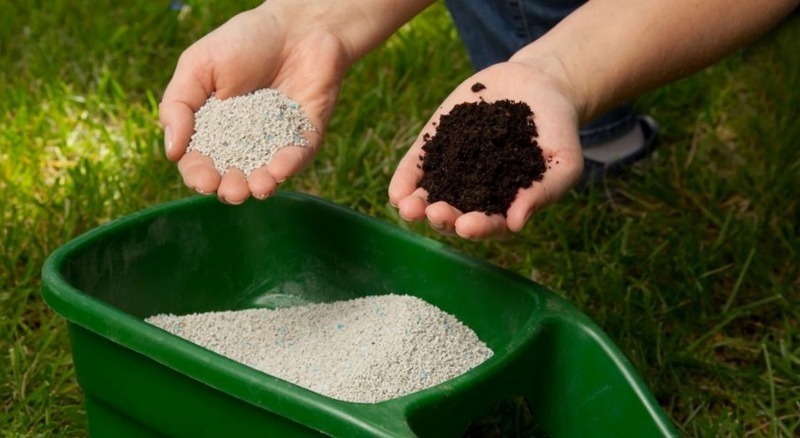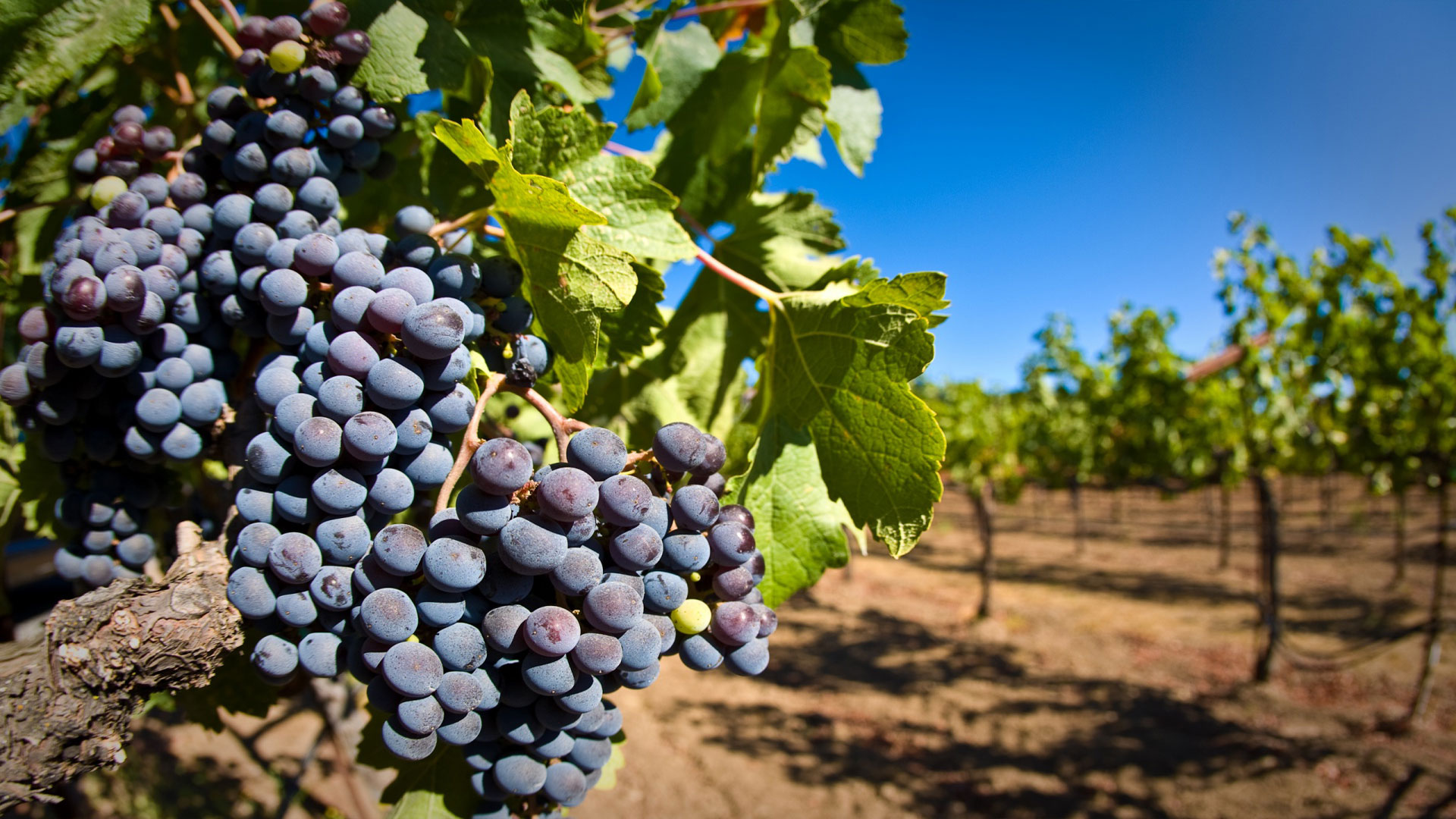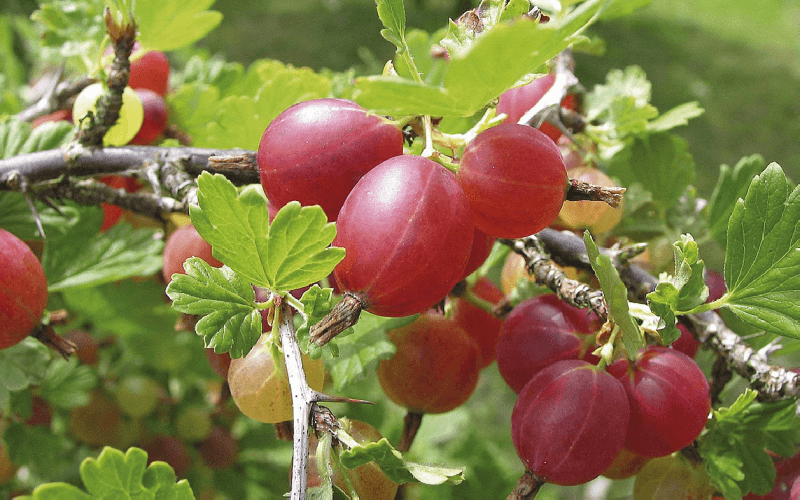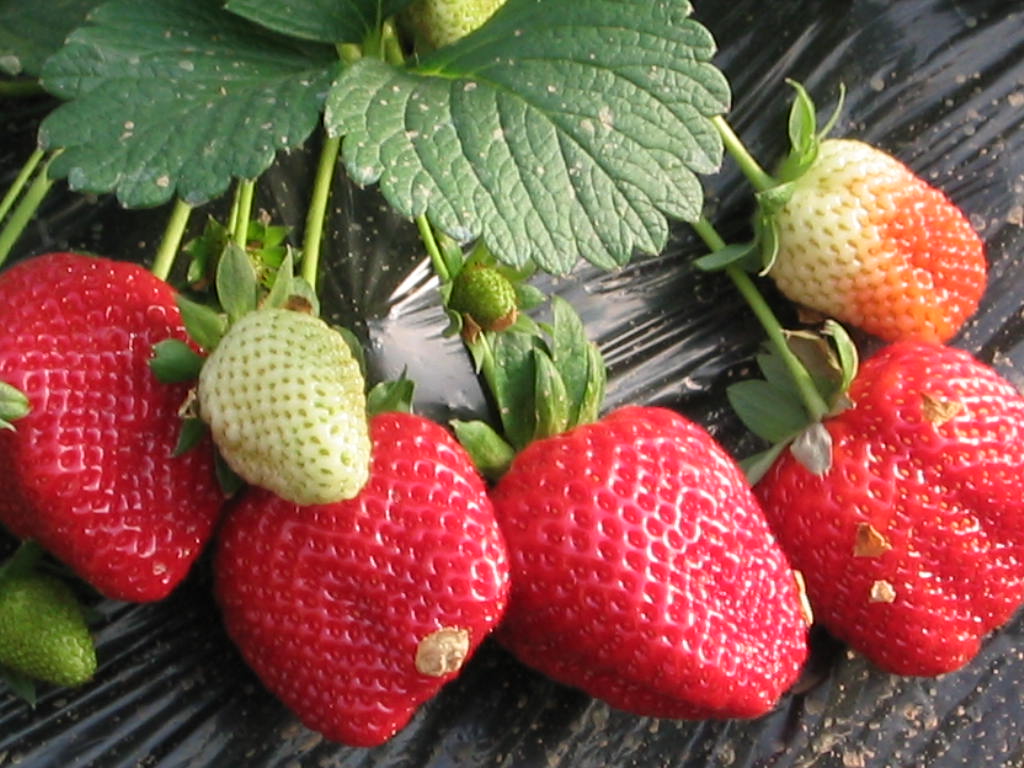Fruit trees in the garden need year-round maintenance, but it is most important in the spring. In order for the plants to receive enough nutrients and bring a rich harvest in the fall, they need to be fed. The choice of fertilizers depends on the type and composition of the soil, the state of the green spaces and the work carried out on the site.

Organic fertilizers
In rural areas, organic fertilizers are plentiful and easy to find. Such components serve as a valuable source of nitrogen required for the growth of green mass.
Natural remedies have a composition similar to soil. But the concentration of vitamins and microelements in them is very high, so natural organic matter will enrich the soil and make it more fertile. Among the most useful for the garden, the following are popular:
- Peat is 40-60% humus, but in its pure form it is very harmful for the garden. Therefore, it should be properly diluted with humus or other organic matter. It is best to use transitional or low-lying peat, since high-moor peat is not rich in nutrients and excessively increases the acidity of the soil.
- Manure is a long-known feeding option. Most often they use cow, which is diluted with water to a liquid state. It is enough to water the plants with such a mixture once in the spring, and then apply other fertilizers.
- Bird droppings can be found not only in the chicken coop, but also in the gardener's shop. To prepare a liquid composition, the material is diluted with water in a 1x1 ratio and the garden is watered.
- Compost obtained from decomposed residues of vegetables and other organic matter is introduced into the soil during digging. It will help to saturate the plants with nitrogen.
- Humus - completely decomposed residues of excrement, vegetables, herbs, etc. When digging a garden, it is brought into the ground. You can also water the soil with a diluted mass.
Potash fertilizers
If there is little potassium in the soil, then bushes and trees do not bloom well and bear little fruit. An excess of this substance is also harmful. In the spring, potassium sulfate fertilizers are used, and chloride fertilizers are used only in the fall.
Such types of dressings are presented in a large assortment from different manufacturers. Before purchasing any option, it is best to read the instructions, find out the exact dosage and calculate the required amount of funds depending on the treatment area.
The main types of such fertilizers are dosed as follows:
- potassium sulfate - 15-20 g / sq. m for trees;
- potassium magnesium - 25-30 g / sq. m for watering the soil;
- kalimag - 25 g / sq. m or 40 g / sq. m when digging;
- potassium salt - 30-40 g / sq. m when watering in spring.
Phosphate fertilizers
Phosphorus normalizes metabolic processes, and introduced deep into the soil in spring, it promotes the development of the root system of plants. If the leaves fall prematurely, turn purple, and become covered with dark spots, it means that the greenery also needs phosphorus-containing additives. You can choose such as:
- simple superphosphate is diluted in an amount of 100 g in 10 liters of hot water and watered shrubs, trees;
- ammophos is used in the calculation of 20-35 g / sq. m according to the instructions on the package with the product;
- diammophos is often used when planting plants, mixing with soil during digging;
- Potassium metaphosphate works well for acidic soils and chlorine-sensitive plants;
- phosphate rock contains about 20% phosphorus.It is used for compost, when digging;
- nitroammofosk contains potassium, nitrogen and phosphorus. Available in granules and liquid;
- bone meal from processed bones of cattle - complex fertilizer.
Nitrogen fertilizers
In the spring, nitrogen allows plants to wake up faster and dissolve green leaves, begin to form fruits and accelerate their ripening. Fruits and berries will be of better quality, and their harvest will be plentiful. To provide shrubs and trees with an abundance of such a component, you can use complex compositions, for example, nitroammofosku. They contain several substances at once, which makes the work of the gardener easier.
In autumn, nitrogen components are not used for feeding, since nitrogen activates growth, and such an effect is not needed before the onset of winter. Among the popular spring options for fertilizers, it is worth noting rotted manure (a fresh composition is used in the fall) and ready-made compositions in granules or in the form of a powder - ammonium nitrate, urea, ammonium sulfate.
As a result of the correct choice and application of each type of dressing for fruit shrubs and trees, you can shorten the waiting time for the harvest and collect a large number of fruits. Moreover, during the whole season, the components should be harmoniously combined with each other and used in moderation.


